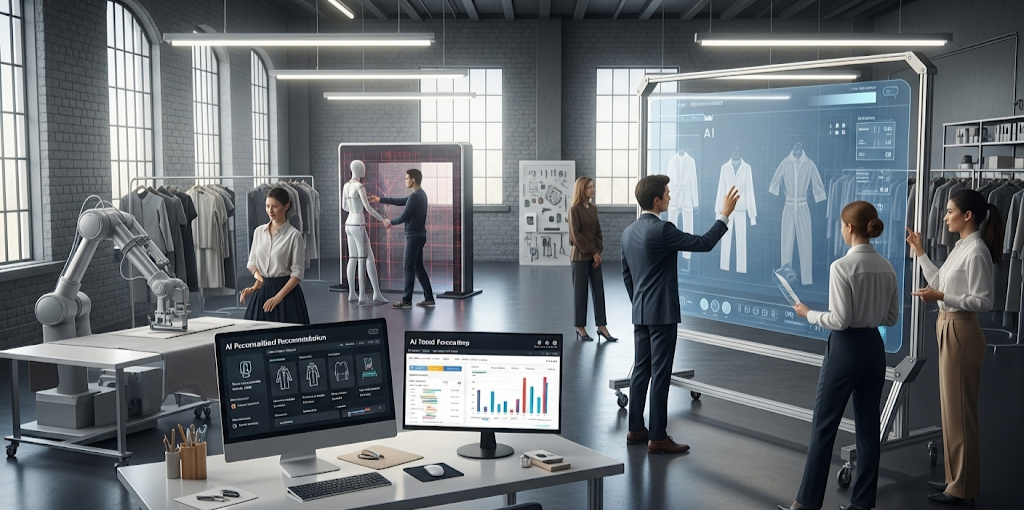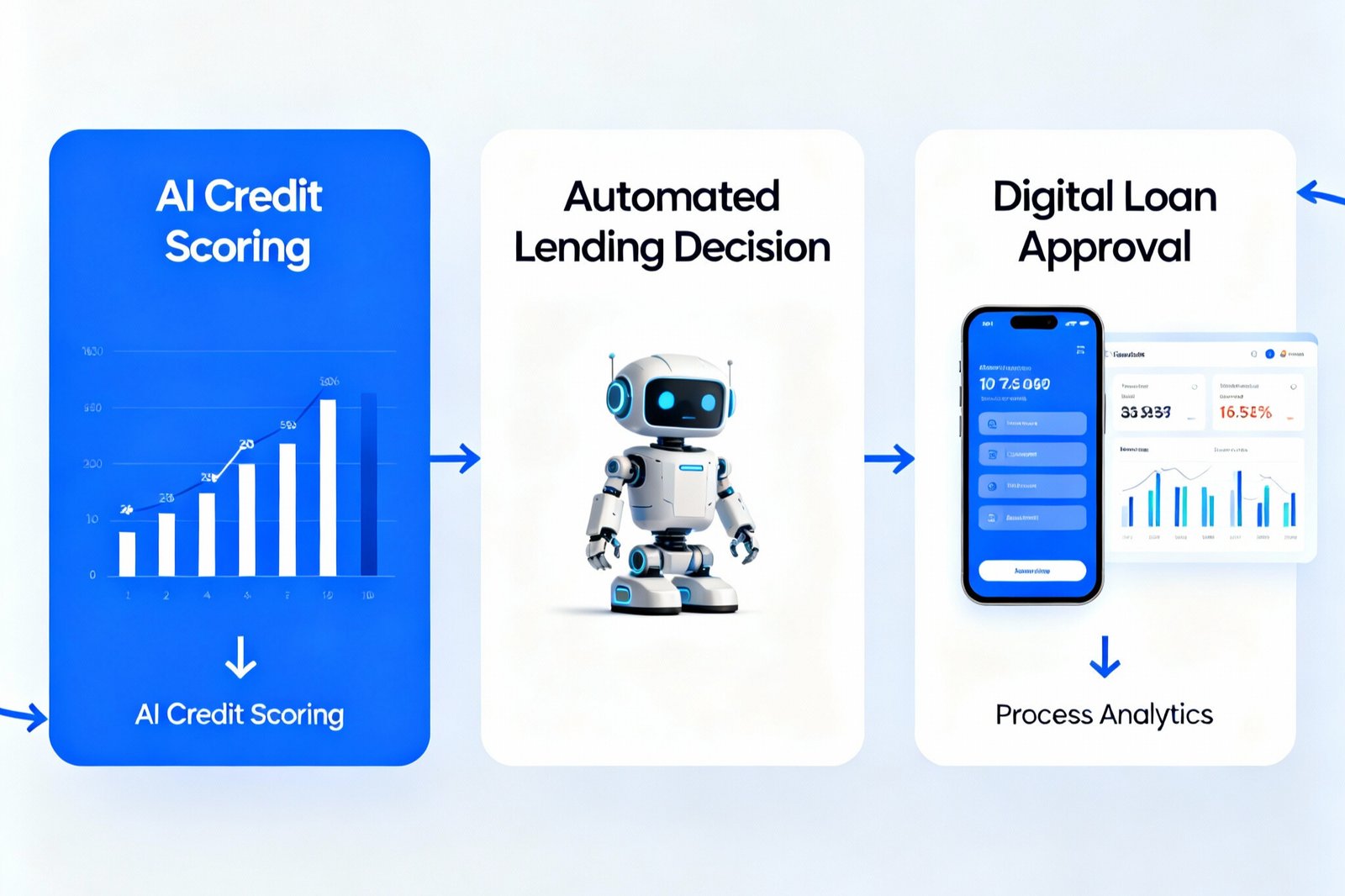The fashion industry has always been known for its fast-paced innovation, but in recent years, artificial intelligence (AI) has taken it to new heights. From design to retail, AI tools are not just a trend – they are revolutionizing how fashion businesses operate and engage with customers. In this blog, we’ll explore the exciting ways AI is changing the fashion industry, making it smarter, more efficient, and customer-centric.
Promise: You’ll learn about the top AI tools, their benefits, and how they’re reshaping everything from fashion design to supply chain logistics.
The Role of AI Tools in the Fashion Industry
The integration of AI tools in fashion is helping designers, retailers, and consumers in ways that were once unimaginable. Let’s break down the impact AI is having across different areas.
1. AI in Fashion Design: Creative Collaboration
AI is making waves in fashion design by offering intelligent solutions to creative challenges. Designers are using AI-driven tools to predict trends, analyze consumer preferences, and generate new ideas that align with market demands.
Examples:
-
Stitch Fix uses AI to create personalized clothing recommendations for customers based on their preferences and previous purchases.
-
AI-powered design assistants, such as Fashwell, suggest new patterns, colors, and combinations to inspire designers.
2. Virtual Try-Ons: Shopping from the Comfort of Your Home
AI-powered virtual try-on technology is helping consumers try on clothes virtually, using augmented reality (AR) to superimpose garments on their bodies in real-time. This creates an interactive shopping experience and reduces the uncertainty of online clothing purchases.
Example: Zara and H&M have implemented AI to let customers see how clothing looks on their virtual avatars, enhancing the online shopping journey.
3. Personalized Recommendations: AI as Your Fashion Stylist
AI in fashion retail isn’t just about recommending items based on past behavior. It’s about anticipating a customer’s needs, predicting what they will like, and ensuring their shopping experience is highly personalized.
Benefits:
-
Improved customer satisfaction through tailored suggestions.
-
Increased sales from accurate product recommendations.
Example: ASOS uses an AI tool called “Style Match” to offer personalized clothing recommendations based on customers’ style preferences and previous interactions.
4. AI for Inventory and Supply Chain Management
AI tools are helping fashion brands optimize their supply chains, reduce waste, and increase operational efficiency. AI can predict trends, anticipate demand, and ensure products are delivered in a timely manner.
Example: Amazon uses AI to manage its inventory, forecasting the demand for specific fashion items based on data analysis, thus reducing overstocking or understocking.
5. Marketing and Trend Forecasting with AI
AI has the power to analyze vast amounts of social media data, fashion blogs, and sales data to predict the next big trends. Brands can use these insights to stay ahead of the curve and ensure their designs and marketing strategies align with the latest trends.
Example: Heuritech, an AI tool, tracks real-time fashion trends by analyzing images posted on social media, giving fashion brands a competitive edge in predicting styles that will resonate with consumers.
Top AI Tools in the Fashion Industry
Here’s a table that highlights some of the best AI tools in the fashion industry, along with their key benefits:
| AI Tool | Main Function | Benefits |
|---|---|---|
| Stitch Fix | Personalized clothing recommendations | Enhanced customer experience and sales growth |
| Fashwell | AI-driven design suggestions | Helps designers create on-trend patterns and styles |
| Zara | Virtual try-ons | Engages customers with AR experiences |
| ASOS | Personalized recommendations via AI | More accurate, individualized shopping experience |
| Heuritech | Trend forecasting using social media analysis | Predicts fashion trends before they hit the market |
Why AI Tools Are Essential for Fashion Brands
Efficiency and Automation
AI can handle repetitive tasks like sorting through large amounts of consumer data or optimizing supply chains, allowing employees to focus on creative or strategic tasks.
Enhanced Customer Experience
With personalized recommendations, virtual try-ons, and quicker response times, AI offers a shopping experience that’s more aligned with individual customer needs, increasing satisfaction and loyalty.
Innovation in Design
AI tools are opening up new avenues for designers by helping them stay ahead of fashion trends, make data-driven decisions, and create innovative designs that appeal to modern consumers.
The Future of AI in Fashion
The future of AI in fashion is incredibly bright. As technology continues to evolve, we can expect even more sophisticated AI tools to become part of daily fashion operations. Whether it’s the rise of AI-designed garments or improved AI-driven sustainability efforts, the potential is limitless.
Conclusion: Embrace AI Tools for Fashion Innovation
AI tools in the fashion industry have proven to be more than just a trend—they are integral to the future of fashion. From personalized shopping experiences to streamlined design processes, AI is enabling brands to be more innovative, efficient, and customer-centric.
If you’re a fashion brand looking to stay ahead of the competition, adopting AI tools is not just an option—it’s a necessity. Start exploring how AI can benefit your business today!
Call to Action: Ready to take your fashion business to the next level? Start integrating AI tools and revolutionize your design, retail, and customer engagement strategies.








Leave a Reply